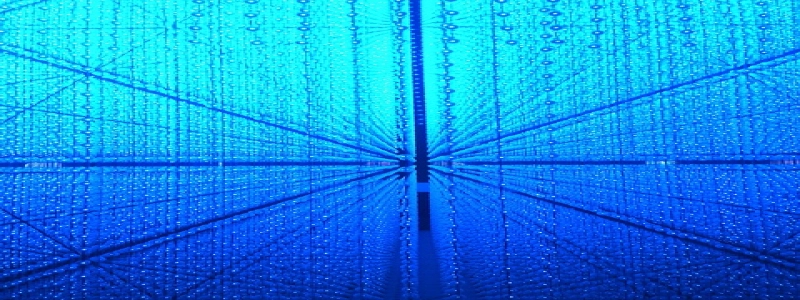Dispersion vs Diffusion
Introduction
Dispersion and diffusion refer to two different phenomena that occur in various fields of science, including physics, chemistry, and biology. While both terms often refer to the spreading out of particles or substances, they have distinct characteristics and occur under different conditions. This article will delve into the differences between dispersion and diffusion, providing a comprehensive explanation of each concept.
Dispersion
Dispersion refers to the phenomenon in which particles or substances spread out through a medium. It occurs when the particles or substances are not uniformly distributed and tend to move away from their initial position. Dispersion can be seen in various scenarios, such as the spreading of ink in water or the separation of light into its constituent colors by a prism.
Types of Dispersion
There are three main types of dispersion:
1. Mechanical Dispersion: This type of dispersion occurs when the particles or substances are physically dispersed. This can happen through processes like shaking, stirring, or mixing. Mechanical dispersion is commonly observed in everyday life, such as when sugar dissolves in a cup of coffee or when oil droplets separate in water.
2. Brownian Dispersion: Brownian motion refers to the random movement of particles suspended in a fluid medium. Brownian dispersion occurs when these particles spread out due to their continuous, irregular motion. This type of dispersion is commonly observed in colloidal systems, where particles are suspended in a liquid or gas medium.
3. Chromatic Dispersion: Chromatic dispersion occurs primarily in the field of optics. It refers to the separation of different wavelengths of light as they travel through a medium. This phenomenon can cause distortion or blurring of images in optical devices such as lenses or fiber optic cables. Chromatic dispersion is a crucial factor to consider when designing optical systems to minimize image distortion.
Diffusion
Diffusion, on the other hand, refers specifically to the movement of particles or substances from an area of high concentration to an area of low concentration. It occurs due to random molecular motion, where particles collide and transfer energy to one another. Diffusion can occur in gases, liquids, and solids, and it plays a fundamental role in many natural processes.
Types of Diffusion
There are two primary types of diffusion:
1. Molecular Diffusion: Molecular diffusion refers to the movement of individual molecules within a fluid. This occurs as a result of the random thermal motion of the molecules themselves. Molecular diffusion plays a crucial role in processes such as gas exchange in the lungs, the movement of nutrients across cell membranes, and the spread of odors in the air.
2. Bulk Diffusion: Bulk diffusion occurs when large quantities of particles or substances move together as a mass. This typically happens in solid-state materials, where atoms or molecules migrate through crystal structures. Bulk diffusion is a vital process in metallurgy, where it is utilized to enhance material properties through controlled heat treatment and alloying.
Conclusion
In summary, dispersion and diffusion are two distinct phenomena that involve the spreading out of particles or substances. Dispersion pertains to the overall spreading of particles within a medium, while diffusion refers specifically to the movement from areas of high concentration to areas of low concentration. Understanding the differences between dispersion and diffusion is crucial in various scientific disciplines, as it allows for a more comprehensive comprehension of the behavior of particles and substances in different scenarios.








